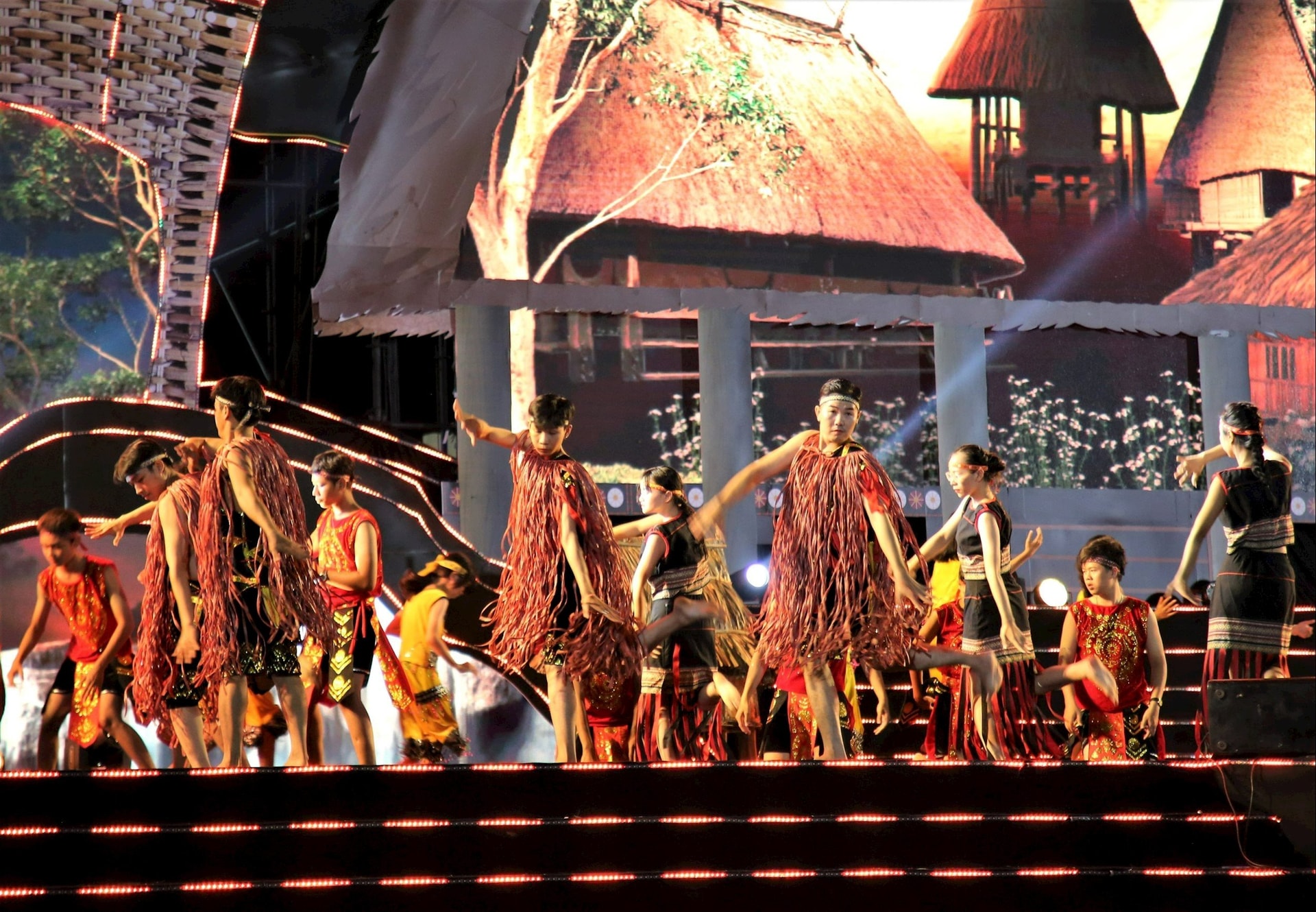
Each traditional costume worn by the highlanders is a silent symbol of the identity of the land, reminding them of their roots, of the forest, the place that forever embraces their souls and lives...
From bark to decree
In the villages of the West of Da Nang , many “artisans” still keep the secret of making bark shirts - the primitive costumes of the tribe. The mountains and forests have taught them how to choose climbing plants and skillfully peel off the bark to make shirts.
The rough bark shirt became a cultural symbol for generations of children and grandchildren, that their lives could not be separated from the forest mother. The forest mother provided firewood, food, and bark shirts to wear. The forest mother gave them life...
From the forest, the highlanders gradually learned many things. The Co Tu, Bh'noong, and Xe Dang people began to learn how to weave. Looms appeared, and from their porches, women and mothers worked hard to make brocade for themselves and their loved ones.
The thread is black like the deep mountain night, red like the fire warming the house, white like the mist embracing the roofs. All of them enter the brocade, becoming the quintessence of the ethnic group.
Each ethnic group creates its own patterns and motifs, and ways of weaving patterns with lead beads, forest trees, and beads. Identity also originates from there.
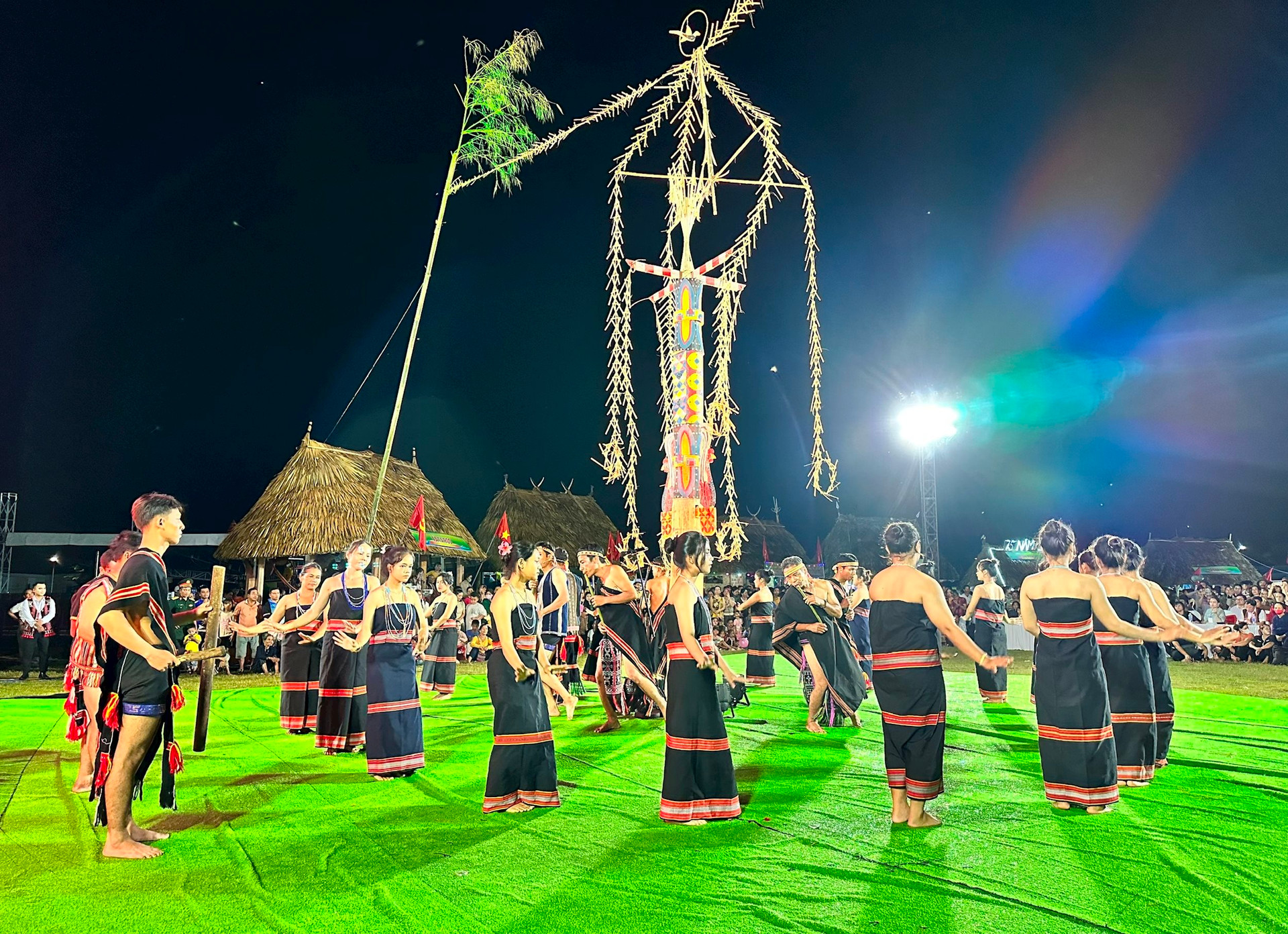
Elder Clau Blao (Hung Son commune) said that brocade is a treasure, often kept in jars or wooden cabinets, waiting for important occasions to be displayed.
The ancient loincloths of the Co Tu people, woven from beads of rare forest trees, passed down through many generations, carry the smell of kitchen smoke, the smell of mountain wind, the smell of time that makes the fabric become a family tree. In the past, a large tut (shawl) could be exchanged for the price of a buffalo, becoming a precious dowry when a daughter married her husband.
I looked at the loom, the black threads were stretched with the patterns silently taking shape like a star map. The horizontal and vertical threads were like meridians and parallels, the hands of the highland woman meticulously woven each pattern, like a stroll on the loom.
Those hands and eyes quietly count the weaving rhythm, count the seasons of the years through each brocade fabric, storing in it their own memories.
Each pattern is a marked “coordinate”, holding the thoughts on the porch, while their hands still weave rhythmically. The conversation is silent, and only they, the people involved, can understand the many messages conveyed in each pattern.
Vaguely, one can hear in each brocade piece the footsteps of Amé (mother) going to the fields, the sound of A Vương water flowing through the dry season, the murmuring like the lyrics of a village elder's song. Brocade, it seems, is not just for wearing. It is a whole chronicle written in patterns and colors.
Dressed up in the mirror
About ten years ago, in a village in Song Kon commune, I suddenly felt sad when, in the middle of the new rice ceremony, the brocade color was sparse and lost among jeans and T-shirts.
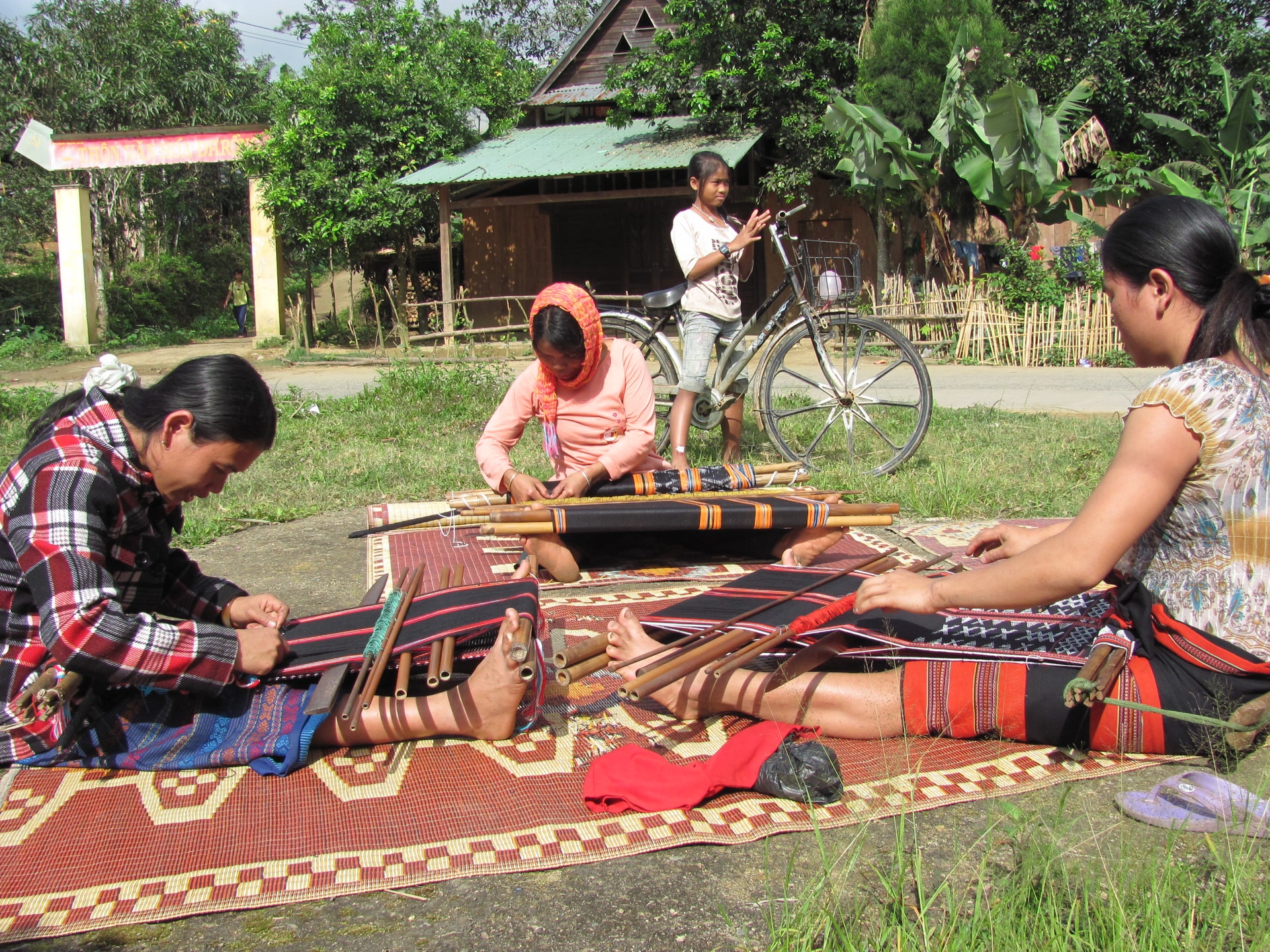
That gap is not only a visual gap, but also a gap in memory, when young people, instead of wearing traditional costumes, choose costumes that do not belong to their community. But fortunately, like a smoldering fire in the ashes, only needing a breath of wind to flare up, the later the village's celebrations, the more we see the return of brocade colors.
The mirror yard of A Ro village (Tay Giang commune) is brilliant with brocade colors. The women are dressed in brocade skirts. The village elders and young men wear loincloths, showing off their strong bare backs.
The sound of gongs and drums blends with the rhythm of bare feet of young girls, the smell of kitchen smoke mixed with the wine, the bamboo curtain stretched across the mirror room like a curtain opening a stage where the performer is the whole community.
It is not just a nostalgic look. It is their own space, the village play, where they live with the joy of the festival, of the joy of belonging to the community. During the village festival, they are confident with their traditional costumes and culture. Drums, gongs, singing, dancing and sharing the common joy.
The return of brocade colors is an affirmation: identity never gets old. It needs life, needs cultural space to exist. More and more young people in the highlands choose brocade wedding dresses.
The image of the modernized ao dai made of brocade fabric at a local competition suddenly went viral thanks to the impressive beauty it brought. Or the moment Miss International Huynh Thi Thanh Thuy wore a Co Tu dress in front of a traditional village house spread on social networks, brocade has truly stepped out of the village.
Brocade speaks for the young people, that they are not separated from modern life, but they still have the identity of the mountains and forests, and are truly proud of that identity...
Return to identity
Many village elders affirm that the village with many beautiful brocades is a rich village. The more ancient the brocades, the more valuable they are. The value lies in the preservation, the value is when generations of people carry them as a “symbol” for the community. That value is being continued by many young people today, with the love of culture and the creativity of the generation.
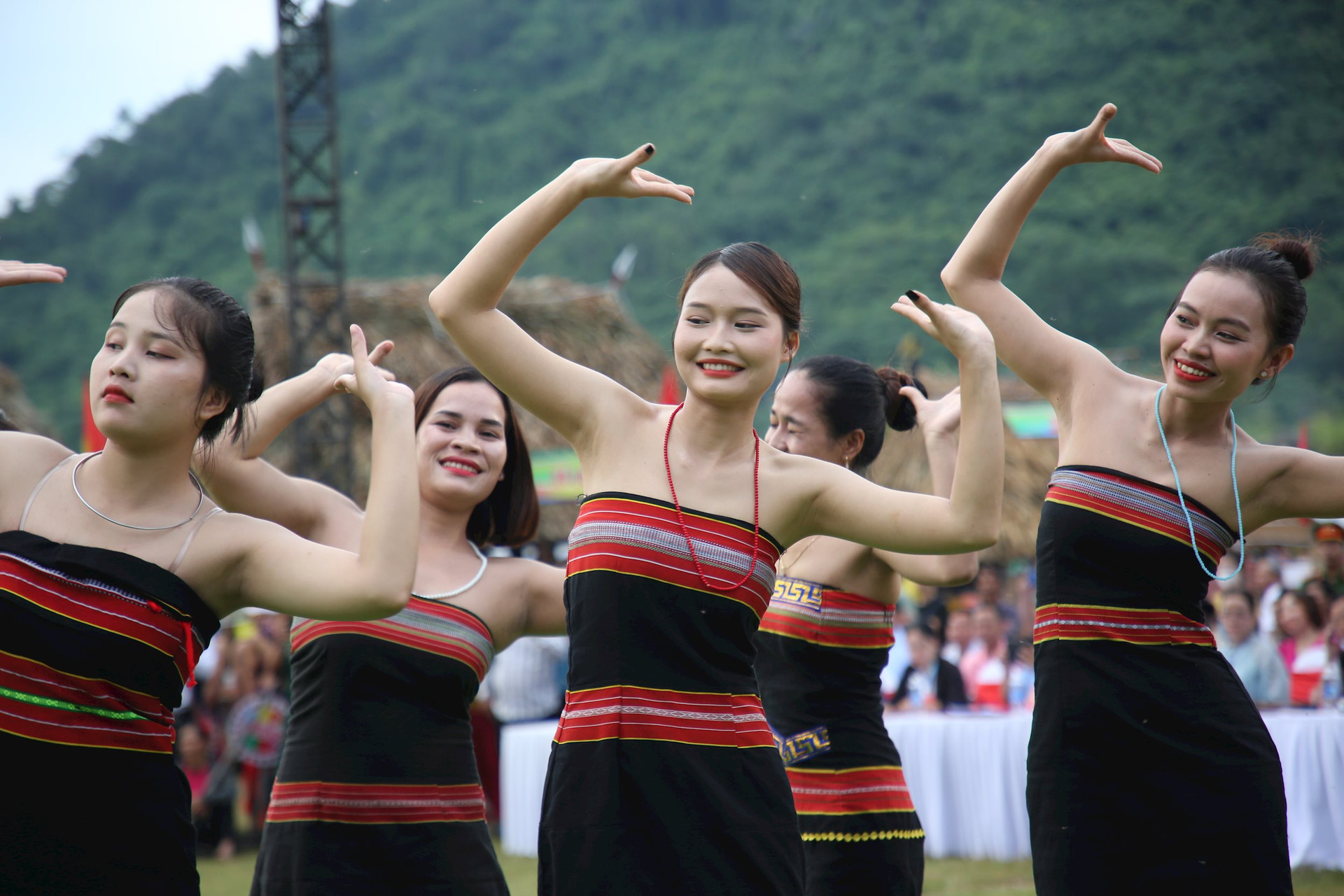
Hoang Kieu, a young person in Kham Duc commune, said that her wish is for many young people like her to know about the weaving profession, both to preserve the culture of her Bhnoong people and to serve the cultural tourism story that she cherishes. Kieu still regularly participates in local festivals, actively introducing the beauty of traditional brocade.
Also a young person like Kieu, Poloong Thi Luong (Song Kon commune), proudly said that in her village, every young girl grows up learning to weave.
“I am very proud to have been taught to weave traditional brocades for my own family and relatives to use. Brocade is a characteristic of each ethnic group, the most recognizable feature when appearing in festivals or other spaces, it is something to affirm that I am a Co Tu, Bhnoong or Ede ethnic group, for example. Keeping brocade is keeping the pride of my bloodline,” Luong shared.
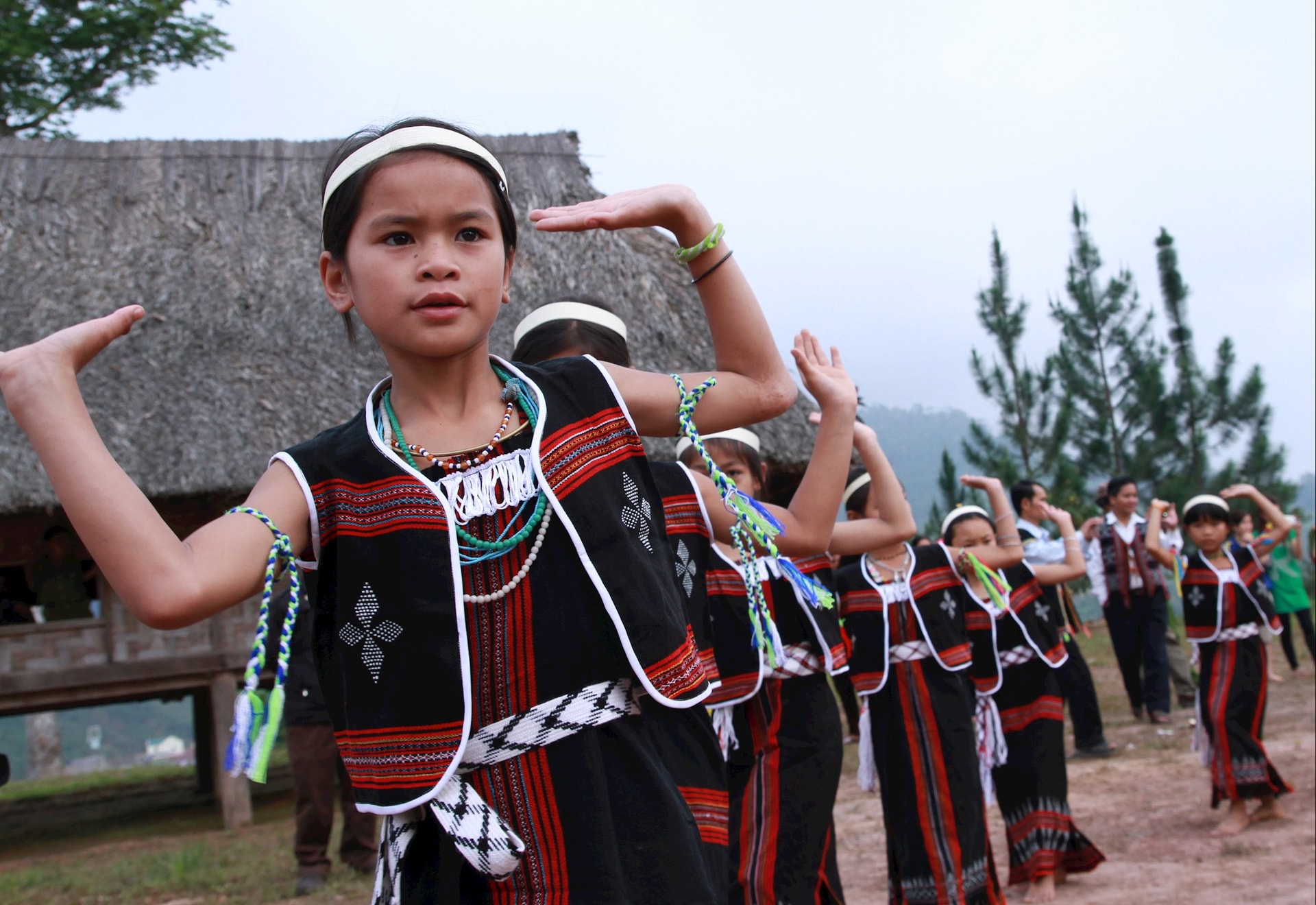
Researcher Ho Xuan Tinh said that the brocade costumes are recreated in festivals and on stage not only for the audience to enjoy. “The community has paid attention to and accepted traditional cultural values, and from the performers themselves, there is also a need to promote and introduce the beauty of their ethnic culture.
When the awareness of preserving traditional culture is raised, the participation of the young generation will increase, traditional costumes will have more opportunities to reach the majority. Currently, young people have returned to using traditional costumes at a higher level, with innovations to enhance the beauty of brocade.
I met many young people from the mountainous regions wearing vests, skirts, and long dresses made from brocade, beautiful and modern, but still possessing the unique beauty of their ethnic groups. The important thing is to preserve the roots, to preserve the pride in cultural identity and ethnic traditions in the young generation," Mr. Ho Xuan Tinh shared.
From the young generation, there is a return to identity, through brocade...
Source: https://baodanang.vn/doi-thoai-voi-sac-mau-3305228.html








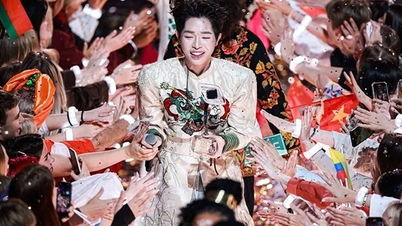

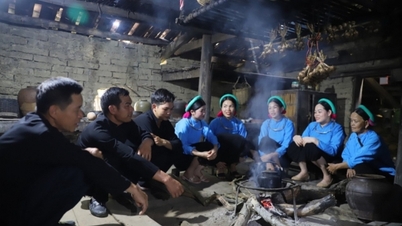

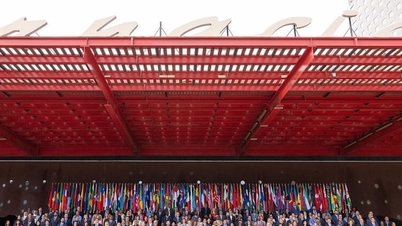

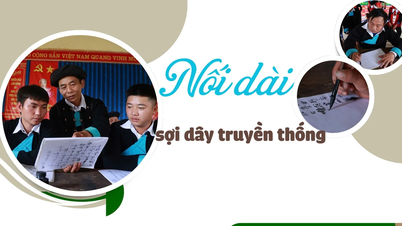

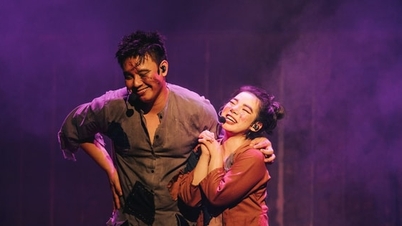
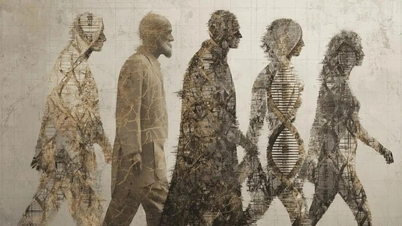

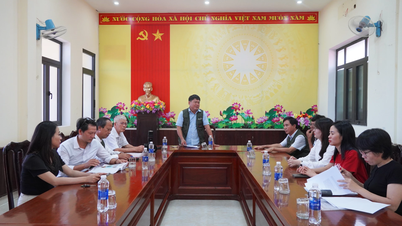



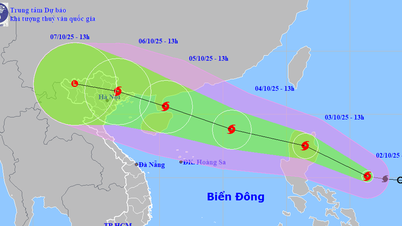


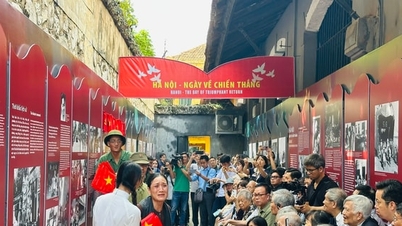




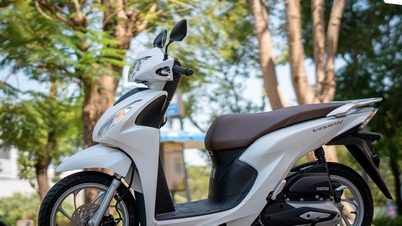
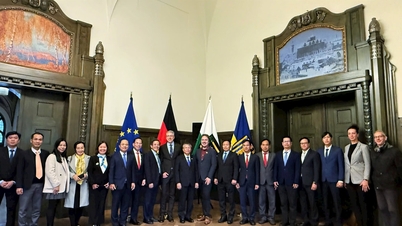

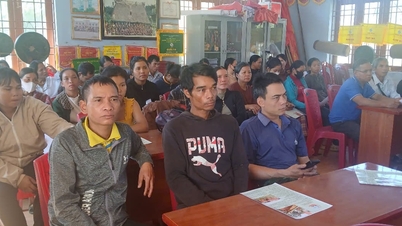
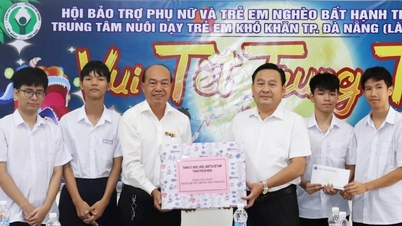

















































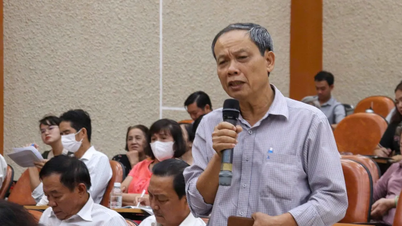



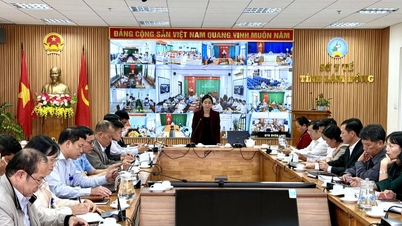




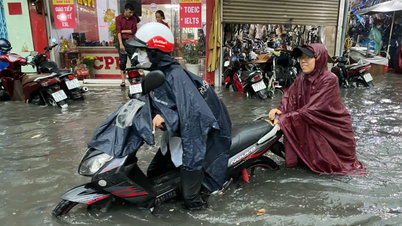













Comment (0)